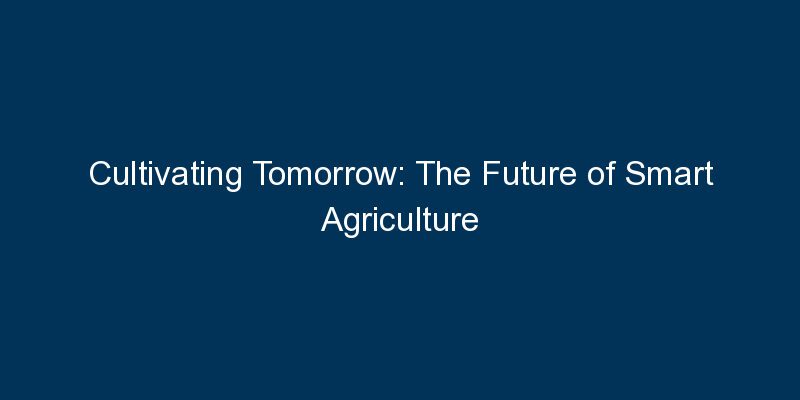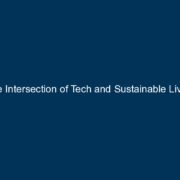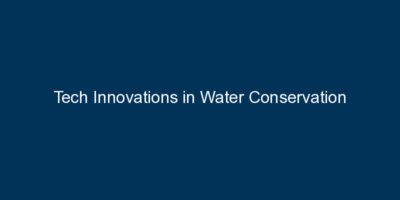Smart agriculture, powered by innovative technologies, is revolutionizing the traditional farming landscape. This blog delves into the future of agriculture, exploring the impact of smart technologies, data-driven practices, and sustainability in shaping the future of farming.
Introduction: From Traditional to Smart Agriculture
Seeds of Change in Farming Practices
The transition from traditional to smart agriculture signifies a paradigm shift in how farmers approach cultivation. Harnessing the power of technology, data, and connectivity, smart agriculture promises increased efficiency, reduced environmental impact, and improved yields.
I. Precision Farming: The Art of Data-Driven Agriculture
GPS Technology, Sensors, and Precision Agriculture Practices
Precision farming, enabled by GPS technology and sensors, is at the forefront of smart agriculture. Farmers leverage real-time data to make informed decisions about planting, irrigation, and fertilization, optimizing resource utilization and minimizing waste.
II. IoT in Agriculture: A Networked Ecosystem
Internet of Things (IoT) Devices, Smart Sensors, and Connected Farms
The Internet of Things (IoT) has found its application in agriculture, creating a networked ecosystem of smart devices and sensors. Connected farms benefit from real-time monitoring of environmental conditions, crop health, and machinery performance, fostering proactive decision-making.
III. Automated Machinery: Farming in the Robotic Age
Autonomous Tractors, Drones, and Robotics in Agriculture
Automated machinery is reshaping the farming landscape with the introduction of autonomous tractors, drones, and robotics. These technologies streamline tasks such as planting, spraying, and monitoring, reducing the labor intensity of farming operations.
IV. Data Analytics in Agriculture: Cultivating Insights
Big Data, Predictive Analytics, and Farm Management Software
Data analytics plays a pivotal role in smart agriculture by processing vast amounts of data generated on the farm. Through big data analytics and predictive modeling, farmers gain valuable insights into crop performance, disease prediction, and optimal harvest times.
V. Vertical Farming and Hydroponics: Cultivating in Controlled Environments
Indoor Farming, Vertical Agriculture, and Soilless Cultivation
Vertical farming and hydroponics represent innovative approaches to agriculture, allowing cultivation in controlled environments. These methods maximize space efficiency, conserve resources, and enable year-round production, addressing challenges posed by traditional farming practices.
VI. Sustainable Agriculture Practices: Nurturing the Earth
Agroecology, Organic Farming, and Climate-Smart Agriculture
Smart agriculture is synonymous with sustainable practices that prioritize environmental health. Agroecology, organic farming, and climate-smart agriculture contribute to soil conservation, reduced chemical usage, and resilience against climate change.
VII. Blockchain in Agriculture: Ensuring Transparency and Traceability
Supply Chain Integrity, Smart Contracts, and Transparent Transactions
Blockchain technology is making inroads into agriculture by ensuring transparency and traceability in the supply chain. Smart contracts facilitate secure and transparent transactions, offering consumers insights into the origin and journey of their food.
Conclusion: Harvesting a Sustainable Future
As we navigate the future of smart agriculture, the integration of technology, data, and sustainable practices promises a bountiful harvest. Smart agriculture not only enhances efficiency and productivity but also contributes to the broader goals of environmental conservation and food security.



















Comments